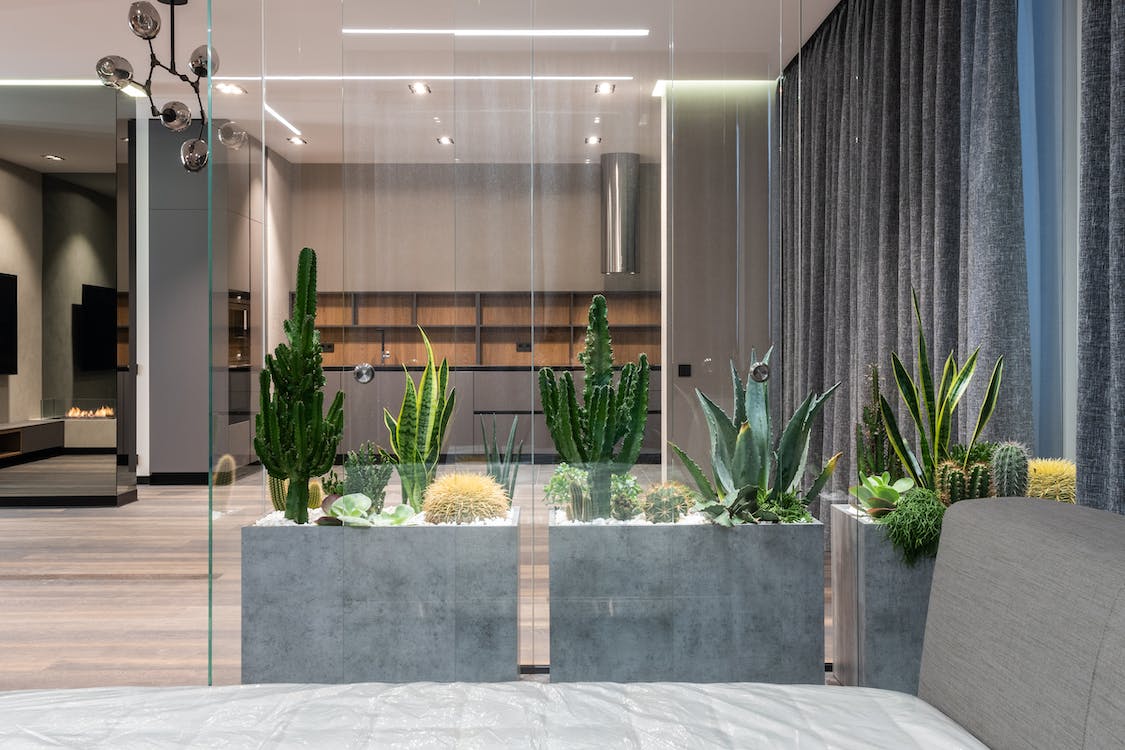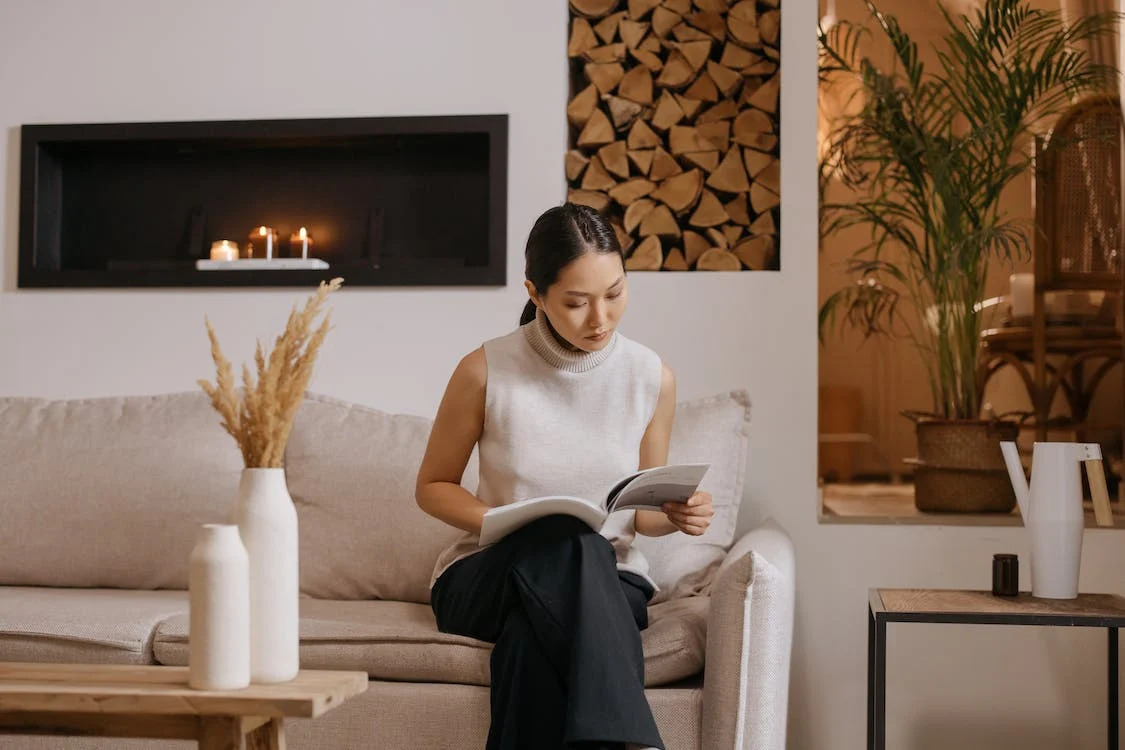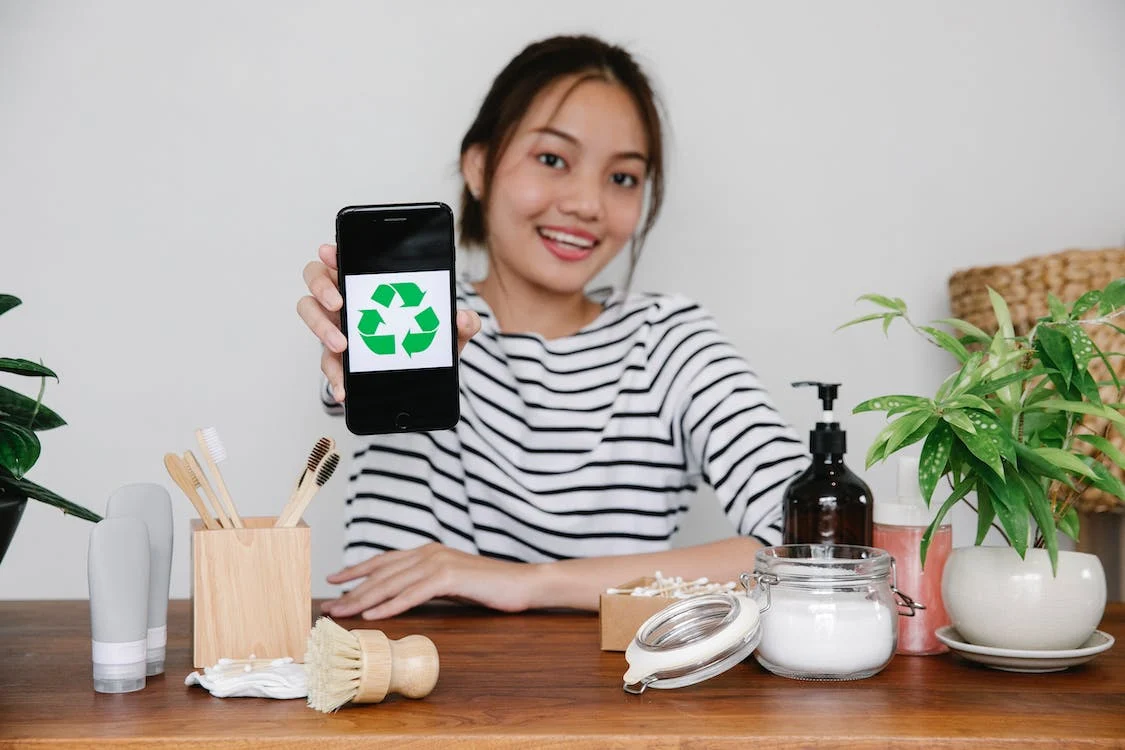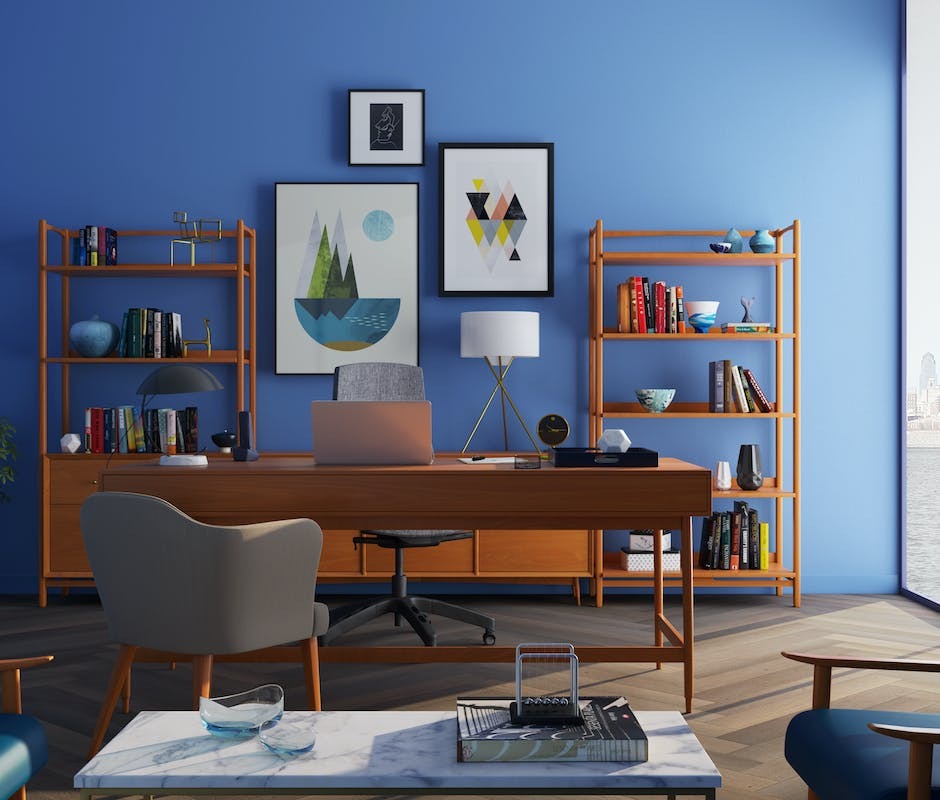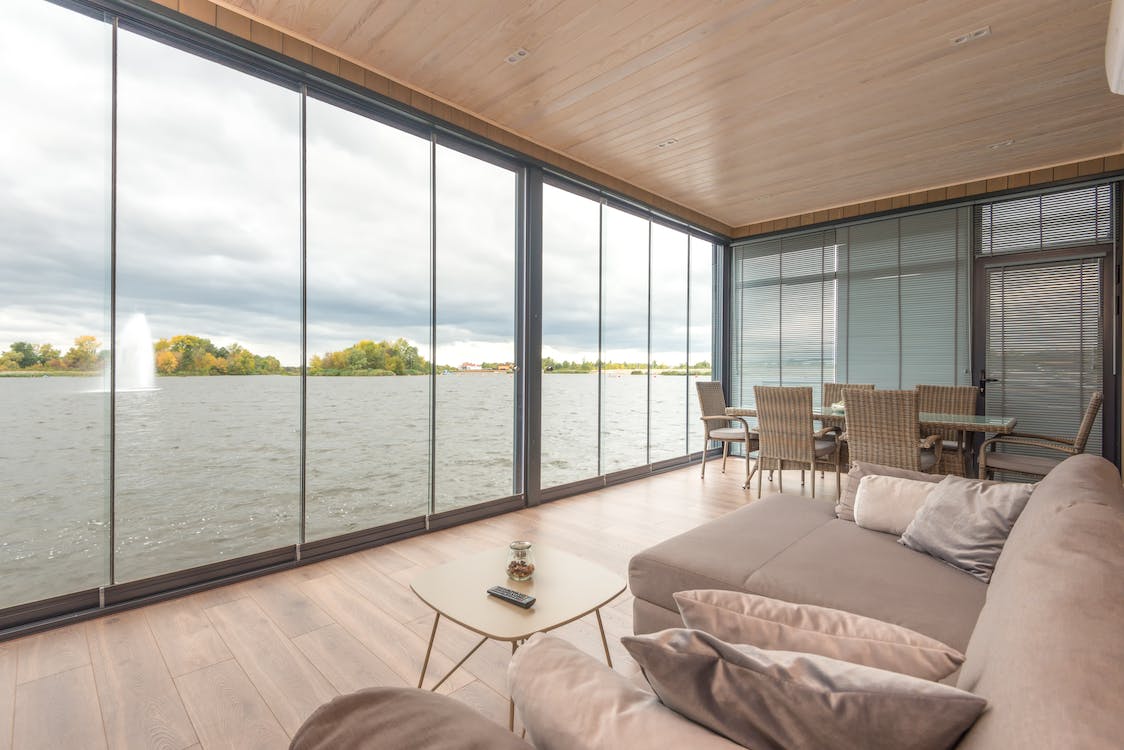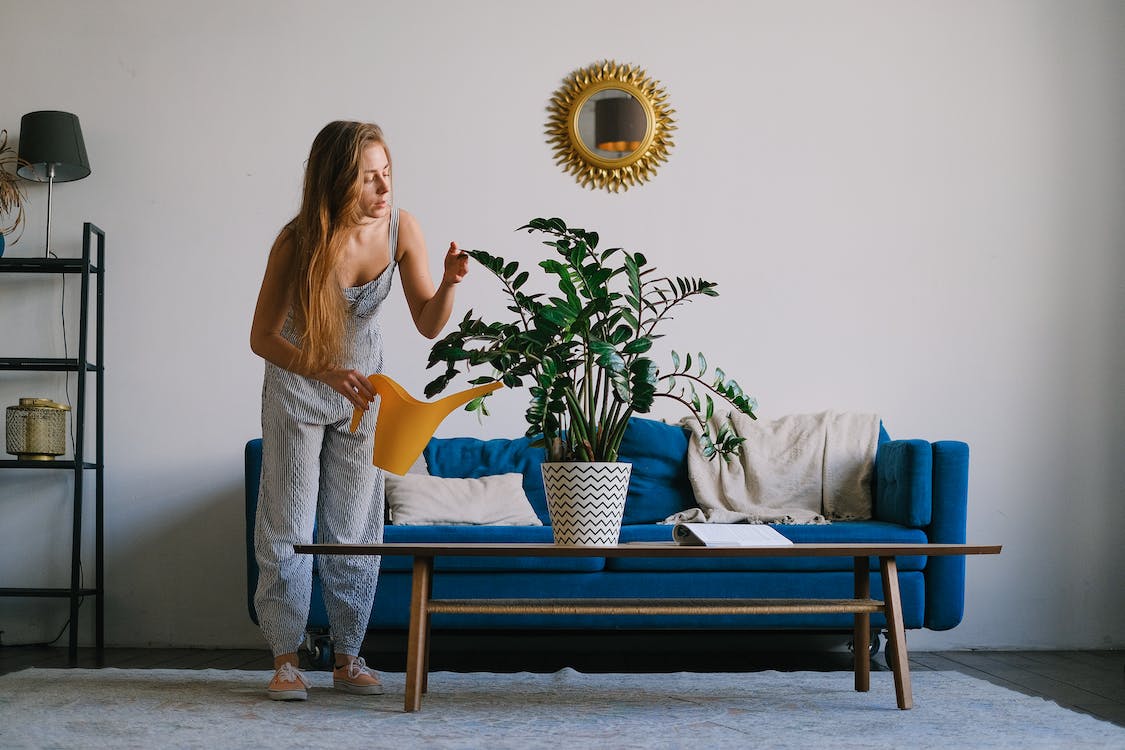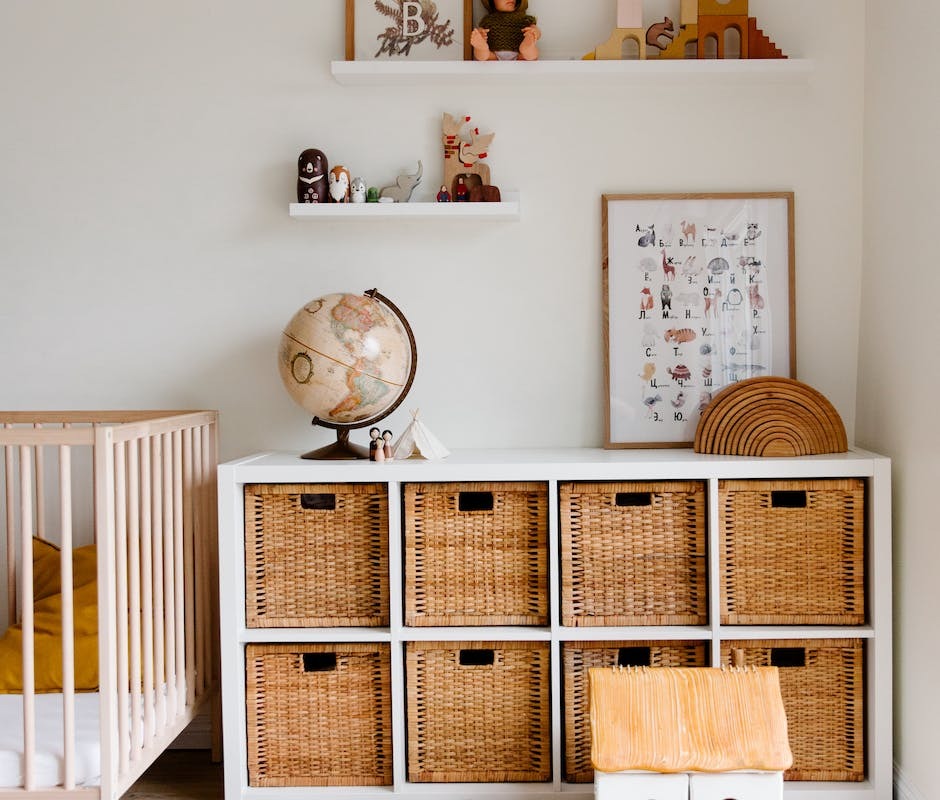Stay Stylish and Earth Friendly With These Ideas for a More Sustainable home
Make green your new black – living in a more sustainable home doesn’t have to be boring and hard. You can incorporate style, comfort, and earth-friendly ideas into your design that are still visually compelling. Whether you’re replacing your furniture, redecorating a room, upgrading your appliances, or just plain looking for earth-friendly tricks, here’s how to stay stylish, stay Earth-friendly and not break the bank.
Swap out synthetic fabrics for organic materials, like organic cotton, hemp, and wool. They’re more sustainable and often more comfortable, too. Try doing a mix and match – pick two or three organic fabrics and use them across different rooms to create a cohesive atmosphere. Plus, you can get creative with cotton and hemp and make your own throw pillows or rugs to add your own special touch.
Choose furniture with a timeless look and feel. Opt for classic shapes and silhouettes — think wingback chairs instead of novelty furniture — and consider timeless materials like wood and leather to give your space a timeless glow. The bonus of going timeless is that you can mix and match for years to come.
Opt for energy-efficient home and kitchen appliances. Replacing an old refrigerator or oven with an Energy Star-certified one can save you energy and money, so it’s a win-win. Shop for energy-efficient bulbs, too: LED lights are a great choice for energy-saving lighting. You’ll get the brightness and wattage you want without the large energy bill.
Look for non-toxic, biodegradable, and no-VOC paints. These paints can be found in a variety of hues and sheens, so you’ll have plenty of options to choose from. Not only are you avoiding toxic features, but you’re also contributing less to landfills since these paints break down more easily than regular paints.
Consider Renewable Energy Sources
Solar energy is a great way to power up your home. Sunlight is free and abundant, so you can take advantage of renewable energy with a low overhead expense. Plus, it often translates into lower electricity bills. Look into rooftop solar or ground-mounted panel systems that are tailored to your home ― you can even add panels over time.
Wind turbines are also a great way to produce energy during those chilly winter gusts. Adding a small turbine to the backyard may not be enough to power your entire home, but it can be used in conjunction with other renewable energy sources or as a solo energy source in smaller homes.
Finally, you can install a small hydroelectric system. It’s a great way to use the energy from a body of water without worrying about the environmental impacts of hydroelectric dams. Turbines can be installed in flowing streams or rivers, and the water is rerouted right back into the river once it passes through your water turbine.
Switch Out Inefficient Appliances
Your current refrigerator, washing machine, or dishwasher may be sucking too much energy. Instead of getting a new device, think of ways to upgrade the one you have: insulating and sealing the doors, replacing gaskets and wiring, and more. If it’s an older model, you may need to replace the entire machine with an energy-efficient one.
You can also save energy with smart thermostats and other climate control upgrades. Smart thermostats have automatic settings so you don’t have to remember to turn your heat down or off; your thermostat will do it for you. You can also install window treatments and insulation to make your home stay warmer in the winter and cooler during the summer.
Finally, contact your local energy provider to see if they offer any energy-saving programs. From discounts on energy-efficient appliances to rebates for energy-saving projects, some energy companies are willing to help you save money and energy.
Introduce Eco-Friendly Materials
Be sure to bring in organic materials like bamboo, jute, and cork. They’re just as stylish as regular materials, but more sustainable and environmentally friendly. For example, jute and cork wallpapers can add an interesting accent to any room. Plus, they can act as insulators to keep your home cool in the summer and warm in the winter.
Wood is also an excellent material to add to your home. Not only does it act as a natural insulator, but it also adds a cozy and rustic touch to any room. It’s also a great choice for furniture and cabinets. Choose sustainably-harvested woods for the most sustainable approach.
Finally, be sure to add some plants around your home. Not only do they add fresh air and life to your home, but they can act as natural air-filters. Plus, they’re usually an inexpensive and beautiful way to spruce up any home.
Light Up Your Space with Eco-Stylish Solutions
Illuminate your space with stylish and sustainable lighting. Try using motion-sensing lights for hallway lighting, or CFL lightbulbs for desk lamps. You can even use solar-powered lights for outdoor light fixtures. Solar-powered lights are great for walkways, patios, and yards and don’t require electricity or a lot of energy.
If you have an extra wall or ceiling space, consider using a skylight to illuminate your interior. Skylights bring natural light into your home, which can reduce the need for electric lighting. Just make sure to choose a skylight with double-paned glass to ensure adequate insulation.
Finally, LED strip lights are a great way to create a bold, modern look in any room. LED strip lights come in a variety of colors and hues, so you can customize the look to fit your design style.
